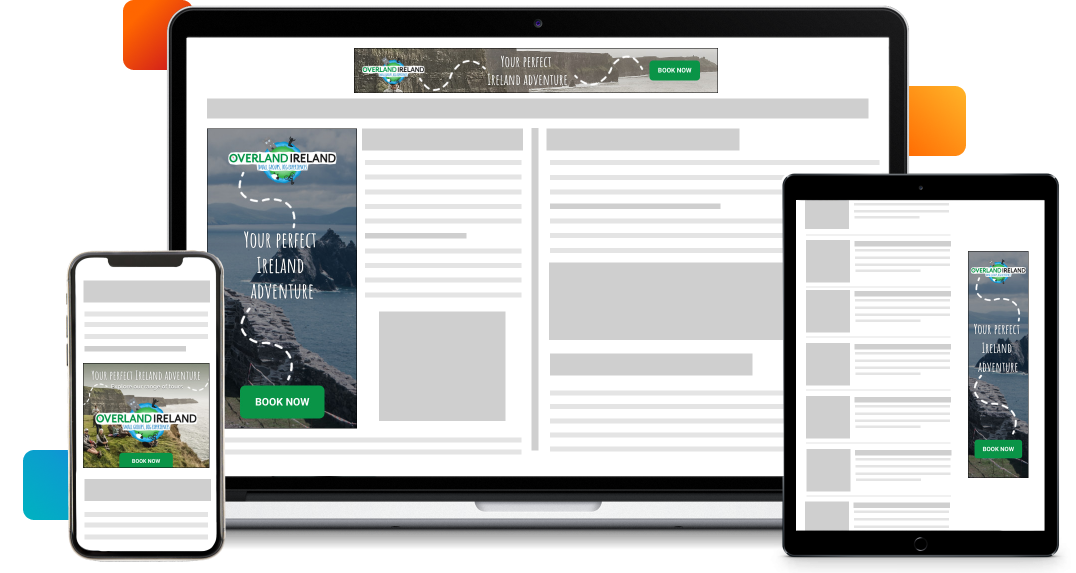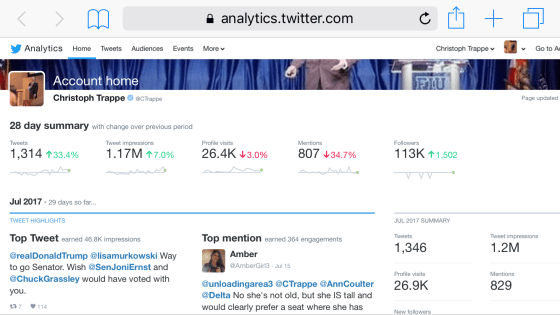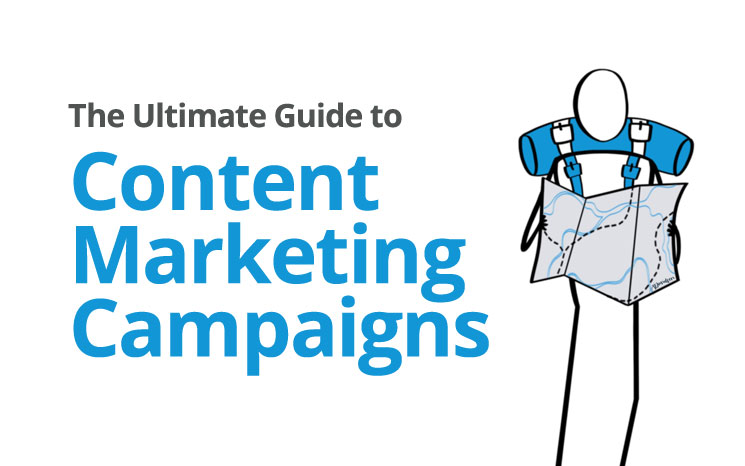
You have decided to build your own digital marketing strategy. What's next? This article will guide you through each step of the process from selecting your channel to researching your audience. This article will also show you how to create a customer journey and split test your strategy. This will help you determine if your strategy is working well for your brand. If your strategy is not working, you are not the only one. There are many businesses that have faced the same question.
Researching your audience
You must research your audience before you can create a digital advertising strategy. You can accomplish this by conducting quantitative research. This involves taking a survey of a large group and generating statistical findings. For example, to create an email blast for a certain audience, you must identify their problems and interests. To determine their purchasing habits, you can also examine their purchase history. Then you can tailor your marketing message for the right audience segment.
You must understand your audience to create a digital marketing strategy that works. Without thorough research, it's impossible to understand your audience's needs and wants. Research can help identify those needs and tailor content to them. You can also predict their needs, which will help you become more efficient in your marketing. Here are some tips for researching your audience:
Interviews: Surveys can help you better understand your audience. Ask customers to send you emails, post customer reviews on social networks, and interview them. These surveys will give you valuable information on what makes your audience tick. You can then develop your digital marketing strategy. Not only is it important to research your audience but also to create a compelling marketing campaign. This will enable you to reach your audience and increase sales.
Segmentation - By understanding your audience's lifestyle, interests and preferences, you can tailor the messaging to them. Segmentation will allow you to craft a stronger message and interact with your customers in a more personal way. For example, Adidas sent a gender-specific email, while the clothing brand categorized its audience by gender. A survey asking customers to rate the retailer would give an average score of 8/10.
Selecting channels
Choosing digital marketing channels is an essential aspect of promoting your product or service. Your goals, competition and budget will all influence your choice. Different channels have different results, so choose wisely and decide what works best for you. Which channels you use will affect the content and format of the ads you share with your target audience. Although content marketing remains the king of marketing, and will remain relevant, it is essential to reach your audience.

The decision to use a particular digital marketing channel will depend on the goals of your business. Your long-term and short term goals should be determined. A long-term goal could be to increase revenue by 20% over the next two years, while a short-term goal might be to generate 400 sales qualified leads within six months or increase website traffic by 70% in eight months. Make sure to identify the short-term and long-term goals of your business so that you can determine which channels will work best for you.
Before you choose which channels to use, be sure to assess their effectiveness. Each channel has unique strengths and weaknesses. You should identify the content type and costs you will require for each channel. Make sure to use all your available budget before you start using new channels for your digital marketing strategy. You should use Twitter or Facebook to generate buzz.
Designing a customer journey
A customer journey plan is one of the key elements to a successful digital marketing campaign. These maps depict the journey a customer takes to get from decision making to taking action. The customer journey maps can be used to show customers the entire customer journey, from the first stage of a sales funnel to when they become loyal customers. You can also use the customer journey map to identify areas for improvement.
A customer journey map, in a nutshell is the prospect's journey towards purchase. It assists marketers in mapping out the questions and pain points that they encounter as they go. The higher-funnel stages are aimed at creating awareness and interest, while the final stages are devoted to fostering brand loyalty. This starts with awareness. It can be created through social media and word of mouth.
After researching and learning about a brand, potential customers begin the information-gathering phase of the customer journey. Although they may not know you personally, they will know what they are looking for. In this stage of the Customer Journey, brands should have content that aids customers to make informed decisions. Brands can also offer customers a free trial period to remove any obstacles that may hinder their purchase process.
Marketers will be able to use customer journey maps to target their advertising campaigns by understanding the steps customers take before purchasing a product. Each stage in the customer journey needs to have its own buyer persona. Marketers can adapt their marketing campaigns to meet the goals of each stage by clearly identifying them. Marketers can use a customer journey map to better understand their audience. It will help them identify what motivates each stage in the customer's decision making process.
Split testing your strategy
Split testing can help you improve your business profitability. These areas include page copy, headlines, buttons text, images and social sharing buttons. Email marketing is also a good option. Below are some scenarios to test. Split testing can be used to determine which marketing strategies will lead to increased sales and profitability. It is important to select the correct sample size. Split testing should be done regularly and should be conducted with an appropriate confidence rating.
Split testing can be used to assess whether certain marketing strategies are successful or not, and make recommendations to optimize their effectiveness. Split testing also allows you to see if your online advertising strategy is generating leads, and whether it is bringing in return. Split testing allows you to test different versions or elements of a website. Split testing can help you determine whether your website is profitable. Once you've identified which variants generate more leads, it is possible to make adjustments in your digital marketing strategy.

ClickFunnels lets you test 6 different versions a single advertisement to get ideas for split-testing. Another good place to get ideas for split tests is on Facebook. Facebook has many examples of ads that you can copy to find out which ones perform best. Split testing can be done on landing pages as well. Split-testing can also be done on landing pages. Moving the CTA down from the fold increased conversions 30% while removing the CTA from the landing page led to cart abandonment rates dropping by 33%.
Split testing is an essential part of conversion optimization. Split testing is the process of dividing traffic into the control and variant groups. For split testing, you split traffic so that 50% see the control variation and the other half see the variant version. Multivariate testing involves dividing traffic into equal segments. Each segment is then shown one variant of the variant. Split testing can enhance your digital marketing strategy and you will be amazed at the results.
Measuring its success
It is important to measure the success of your digital marketing strategy. There are many ways to do this, including tracking the number and quality of conversions. Another way to measure effectiveness of a campaign is by using other metrics, such as how many pages were viewed. These metrics can be used to determine the success of a campaign based on its target audience, as well as to determine the effectiveness of a specific marketing initiative.
To measure the success and effectiveness of your digital marketing strategies, you need to track certain key performance indicators (KPIs). KPIs are quantifiable metrics used to track the performance of your marketing team against a set goal. These targets can either be high-level and low-level. These KPIs help to identify the success of campaigns and provide guidance for future campaigns.
It is important to set clear objectives for measuring the success of your digital marketing strategy. To illustrate, how many people did your website attract? Was your website encouraging purchase? Are your email communications generating more sales than before? Are you getting new business? What percentage of visitors purchased after they read an email? These are just some examples of the data you should track in order to assess whether your digital marketing strategy works. It all depends on your objectives and goals as well as your digital marketing strategy.
FAQ
Do Content Strategies Help You Get a Better Ranking?
A content strategy is a plan for how much content will be produced over time. This includes keywords, topics and other information about you company. This will ensure you don't write too much or not enough content.
Why Should I Use SEO
There are several reasons why you should use SEO.
This helps to increase your website's visibility in search engines results.
It also helps users to find what they are looking for by increasing conversions.
It also increases brand awareness and helps customers find your company online.
Fourth, it improves the user experience through allowing them to quickly navigate your site.
It builds trust with potential customers and shows that you care enough to rank well in search engines.
What are the differences between SEO strategies?
There are many types of SEO strategies, such as search engine optimization or social media optimization (SEO), or pay-per–click advertising (PPC).
SEO is a way to optimize content for certain keywords through text formatting and HTML code.
This ensures that your website appears higher in search result pages.
Social media optimization is the process of optimizing your website so that it can be used on social networks, such as Twitter, Facebook, or Google+.
These will help build your brand online and make it more popular with visitors who are searching for related subjects.
PPC ads can also be found at the top of search results pages. They show relevant products, and services.
The most common type of PPC ad is an advertisement on Google paid search. These ads can be very effective, even though they cost a lot.
PPC advertising can also be done in other ways, such as display ads, video ads and sponsored post.
How long does SEO take you to build traffic?
Traffic generation through SEO usually takes 3-4 months. But, this depends on many factors, including:
-
Your site's content quality
-
Backlinks
-
Targeted keywords
-
Competitor rankings etc.
SEMrush is a great tool for beginners who want to quickly generate results. The powerful platform allows you to track all aspects of your SEO campaign including competitor research, backlink profile and top pages. You can also view local listings, organic traffic stats and reports.
Why SEO strategy is essential?
SEO (search engine optimization) has the main purpose of increasing traffic to your website by getting as many people to find you using Google.
Search engines such Google, Yahoo!!, Bing and others keep information about websites on servers called crawlers. These crawlers transmit this data back the company's central repository. This allows them search engines to index web sites.
More people will click your link and visit your website if your website is high up in the search results. If you're not visible in these searches, your website won't be found.
To ensure that your website is found by search engines, ranking high on all major search engines is the best method. Two main ways to do this are paid advertising and organic links.
Paid Advertising - Paid advertising includes buying adverts from companies who pay-per-click online ads to appear above other sites in search results. These ads may include banner ads, text ads, pop-ups, e-commerce widgets, etc.
Natural Organic Links - Natural organic links are those where you have built an excellent site over time and earned your industry's trust. Over time, links are built naturally through guest posting, commenting on other sites, and so forth.
To stay ahead of the game, you must invest continually in both forms of marketing.
What is an SEO strategy?
SEO strategies are a great way to make sure you're not missing opportunities to grow your business. If you don't rank higher in search results, it doesn't make sense to have great content that no one ever finds.
SEO strategies can help you develop relationships with experts in your industry and influencers. You can gain new techniques and strategies from them by tapping into their connections and learning from them.
Statistics
- A 62.60% organic traffic boost to that page: (backlinko.com)
- : You might have read about the time that I used The Content Relaunch to boost my organic traffic by 260.7%: (backlinko.com)
- These guides are designed and coded 100% from scratch using WordPress. (backlinko.com)
- 64% of marketers actively create SEO campaigns because they help hit multiple key performance indicators (KPIs), including increasing traffic, helping your site rank for relevant keywords, improving your conversion rate, and much more. (semrush.com)
- 93%of online experiences today begin on search engines. (marketinginsidergroup.com)
External Links
How To
What you need know about duplicate Content and SEO
Search engines and webmasters both face the problem of duplicate content. There are two types of duplicate content; internal and external. Sites that contain identical content on multiple pages can be called internal duplicates. External duplicates can occur when a page provides similar information to another URL.
Internal duplication is when multiple pages contain similar text or images. This type of duplication happens because of poor copywriting skills. Poor copywriting means you're not creating unique content for each webpage. Doing this will result in internal duplicates.
External duplication happens when one page contains the same information as other URLs. If you have two pages that are identical to each other, such as a product listing all of your products or a category listing all of them, you have external duplication.
Google doesn't penalize websites for having duplicate content. However, it does penalize sites that attempt to manipulate its algorithm to rank higher. You should not have duplicate content on your site.
Link building is the most common method to manipulate Google’s algorithm. Link building involves creating links between your website and other websites. These links may appear unnatural, and Google might devalue your website.
Here are some ways to avoid linking manipulation
-
Avoid low-quality links (those from spammy sources).
-
Anchor texts should be relevant to your site.
-
You should create unique content for each page of your site.
-
Maintaining high-quality content
-
A good domain name is essential.
Do not worry about duplicate content. Focus on creating unique content on every page of your website. That will help you get better rankings on search engine results pages.